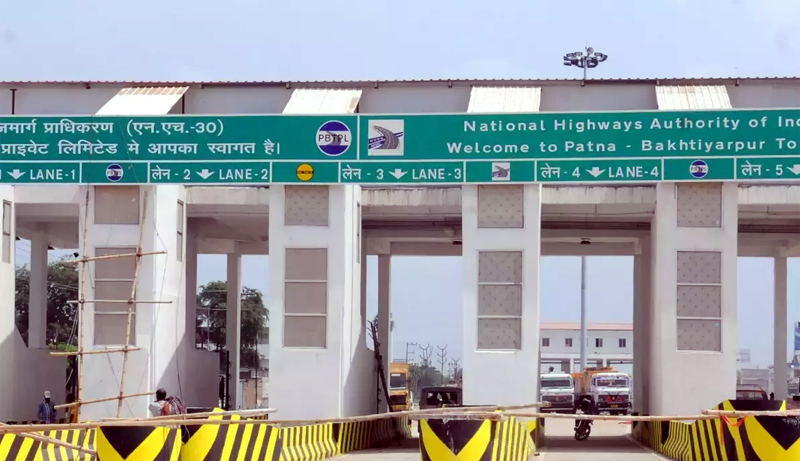The recent announcement by Union Minister Nitin Gadkari, concerning the Government’s plan to introduce a standardized toll policy, represents a pivotal move to alleviate the long-standing concerns of highway users across the nation. Over the last ten years, India has significantly advanced its highway infrastructure, with the Ministry of Road Transport and Highways setting ambitious goals. However, escalating toll rates and inconsistencies in toll collection have frequently led to dissatisfaction among commuters. A more organized, transparent, and fair tolling system will not only improve user contentment but also enhance the overall efficacy of India’s road network. At present, toll rates on national highways differ due to factors such as road type, concession agreements, and vehicle classification. This inconsistency often causes confusion and irritation among highway users. Implementing a standardized policy will make toll rates more predictable and just, easing the financial burden on both commuters and transport operators.
A major concern among highway users is the relentless rise in toll rates, which have increased notably over the past decade. In the fiscal year 2023-24, toll income in India reached Rs 64,809.86 crore, indicating a 35% rise from the previous year. The swift growth in toll fees, coupled with variations in road quality and service, has led to discontent among travelers. Many commuters feel they are not receiving adequate value for their payments, especially when roads are plagued with potholes, inadequate lighting, or delayed maintenance. A uniform toll policy should strive to address this issue by associating toll rates with road conditions and service quality.
One key component of the Government’s initiative is the launch of a barrier-less Global Navigation Satellite System (GNSS)-based toll collection system. If implemented successfully, this technology could transform tolling by eliminating the need for physical toll booths, thus decreasing congestion and travel time. Countries such as Germany and Russia have already implemented GNSS-based tolling systems with considerable success, making India’s move in this direction commendable. Nevertheless, transitioning to a fully digital toll collection framework will necessitate significant infrastructure investments and stringent regulatory oversight to avert potential misuse or technological failures. Additionally, while private vehicles account for about 60% of highway traffic, their contribution to toll revenues is relatively low at 20-26%. A more equitable tolling approach could help balance the financial burden across all highway users.
The Road Transport Ministry’s recognition of commuter feedback on social media and its proactive measures against negligent contractors is a positive development. Emphasizing transparency and accountability in toll collection is essential to foster public confidence. The Government should contemplate establishing an independent regulatory body to supervise toll operations, ensure adherence to service standards, and effectively address grievances. Another urgent issue is the increasing number of toll plazas, which has considerably raised the financial load on frequent travelers. The Government should investigate alternatives like long-term toll passes, dynamic pricing models, or discounts for regular users to make highway travel more economical. Furthermore, regular assessments of toll rates, based on road conditions and maintenance standards, should be mandatory to guarantee fair charges for users.
Despite worries over toll rates, the current Government’s highway development efforts have been impressive. The nation recorded an unprecedented highway construction pace of 37 km per day in the financial year 2020-21, with a total of 13,435.4 km built that year. This vigorous expansion is vital for economic advancement, as efficient road networks decrease logistics expenses, enhance connectivity, and promote trade and commerce. However, the deceleration in initiating new highway projects is concerning. Delays in approvals can result in cost overruns, logistical delays, and missed economic opportunities. The Government must accelerate the decision-making process to maintain the momentum of infrastructure development. A top-notch highway infrastructure that serves both the economy and the common citizen is urgently needed.


Leave a Reply